
-
Prep Time20 minutes
-
Cook TimeCook time 1 hour plus canning time 70 minutes
-
Serv SizeYield 3 1/2 quarts
Delicious! Cans beautifully and also freezes well. Step by step instructions with photos🍝
Ingredients
Directions
Equipment needed: dial-gauge pressure canner with canning tools and canning jars. Basic understanding of canning food. **Vegetable broth can be used instead of beef broth for a vegetarian sauce.**

Fill your dial-gauge pressure canner or stock pot with enough water to boil jars and rings 10 minutes for canning.
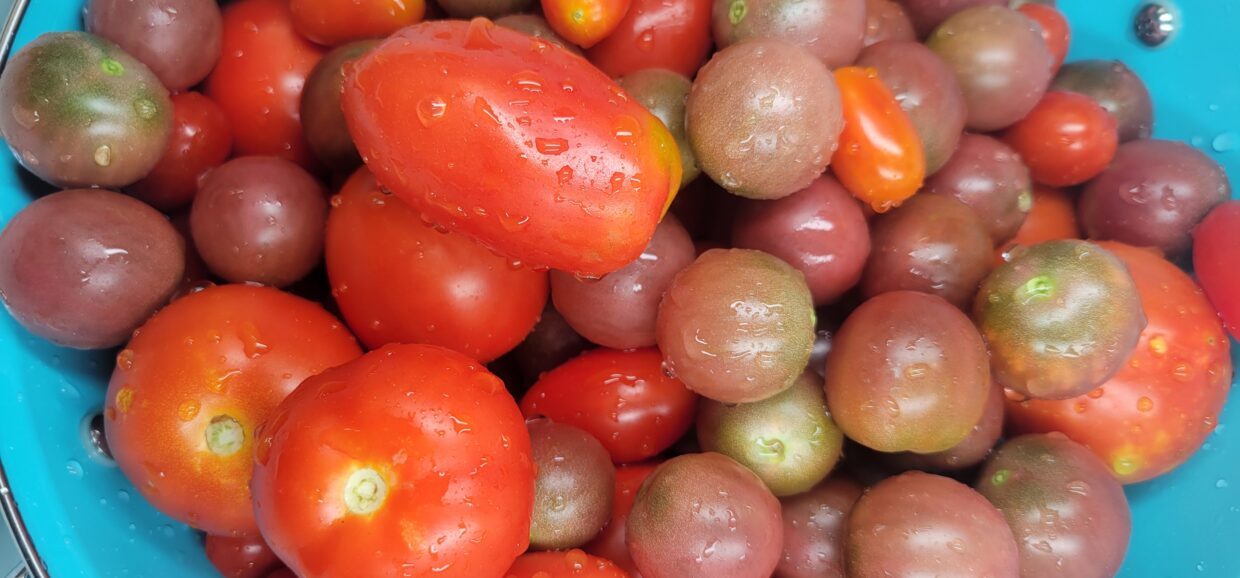
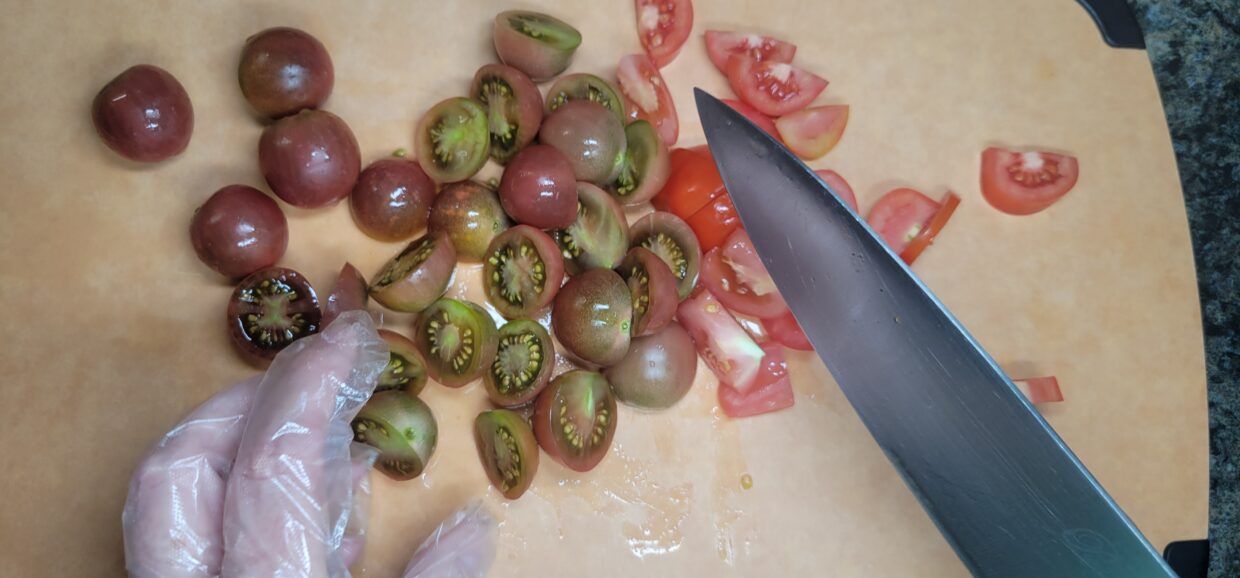

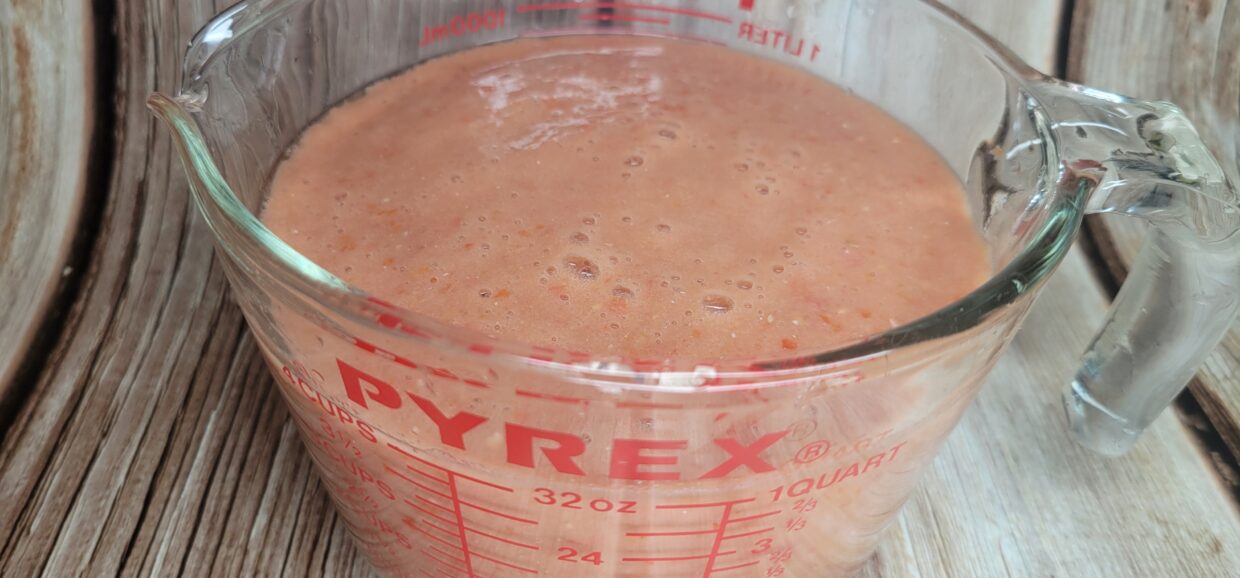
In a large stainless-steel pot (other materials can leave a metallic taste) sauté onions in 2 tablespoons of olive oil on medium heat. If using fresh tomatoes, roughly chop and blend in blender on high till smooth.
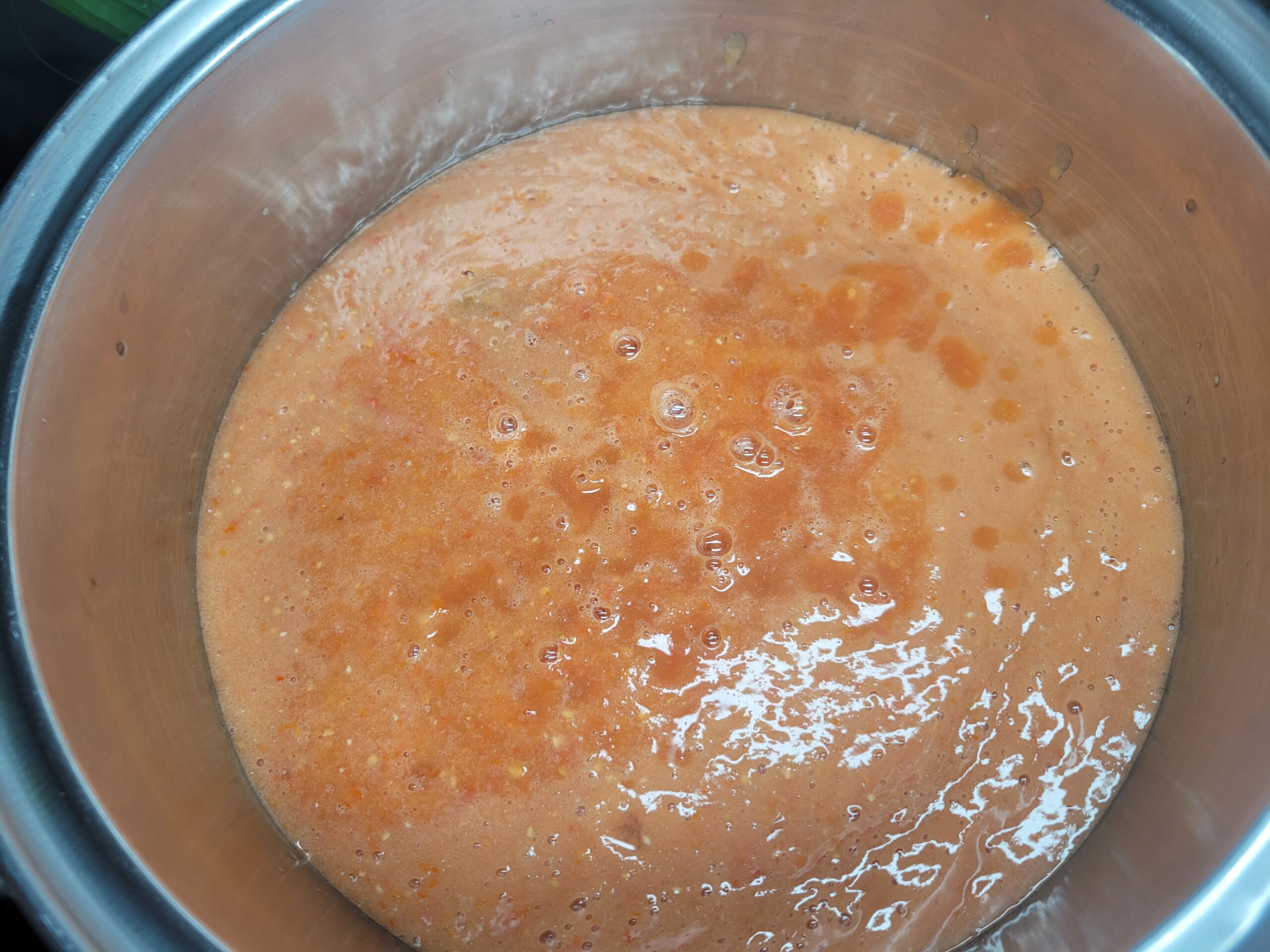
Once onions are starting to soften add 58 ounces of tomato sauce fresh or canned to the pot.
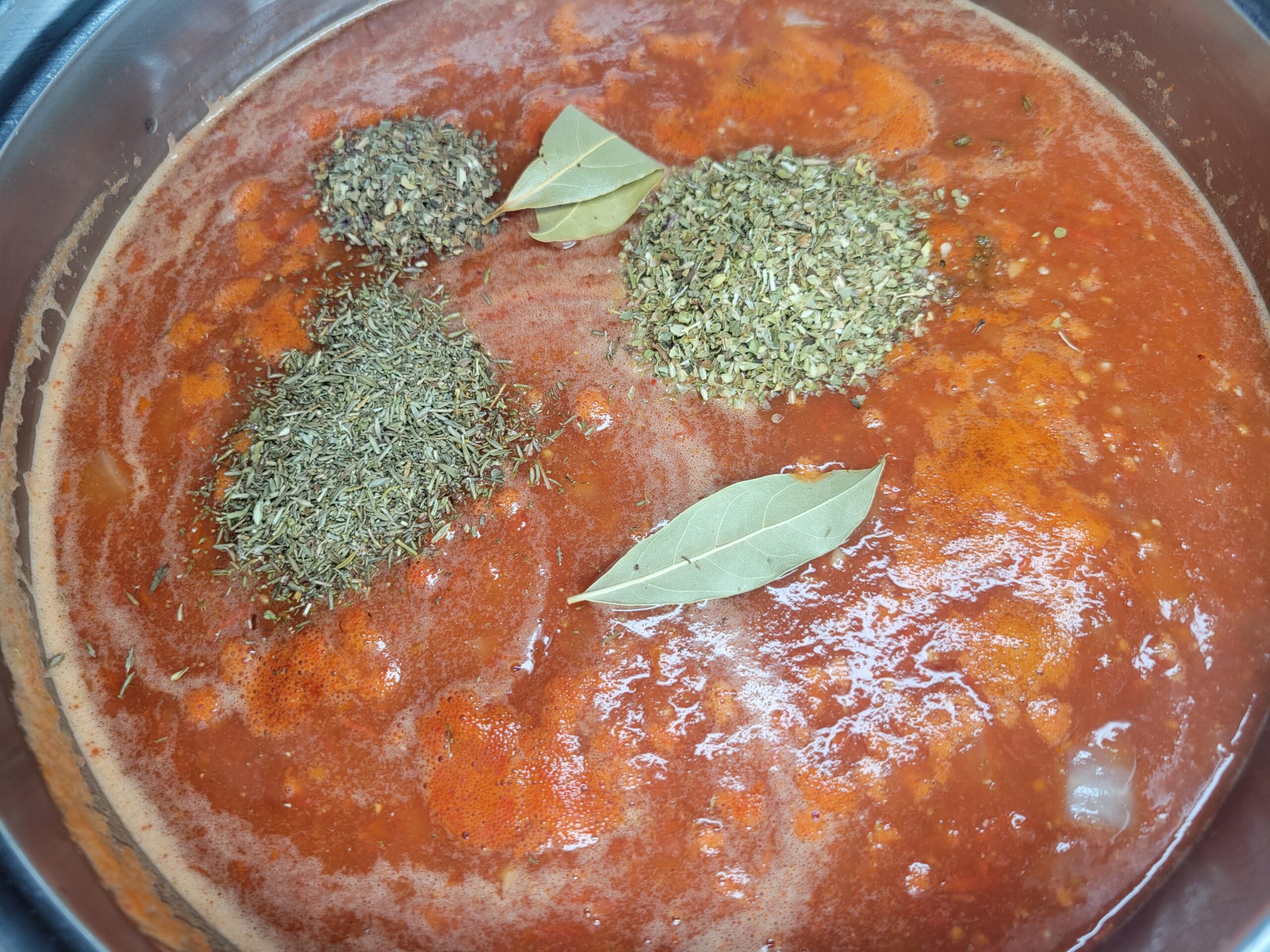
Add 4 cups of beef broth, 12 ounces of tomato paste, 2 tablespoons of brown sugar, 2 teaspoons of minced garlic, 1 teaspoon of dried basil leaves, 1 tablespoon dried oregano leaves and 1/2 teaspoon dried thyme leaves.
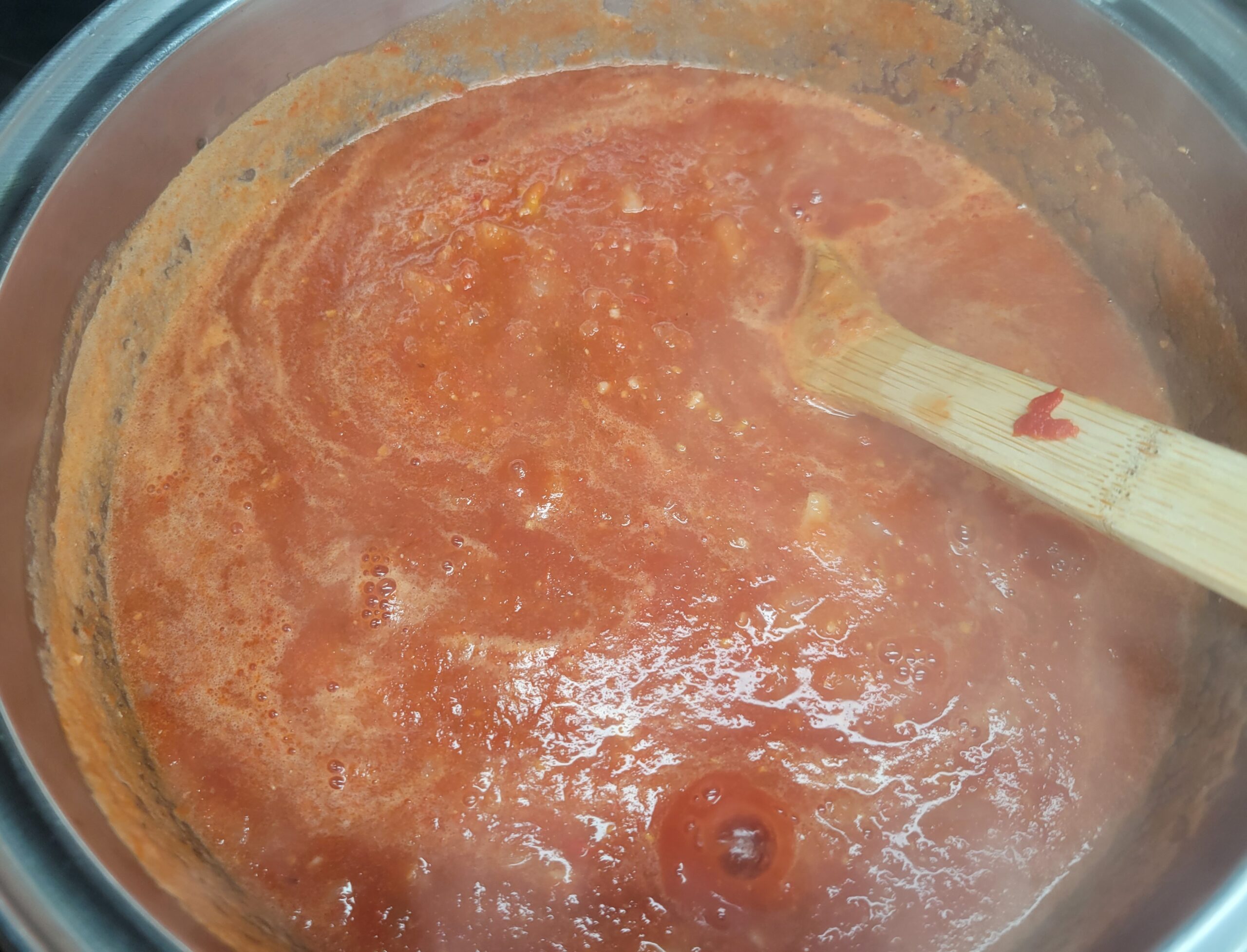
Bring to a boil, reduce heat and simmer till sauce thickens slightly. Simmer for 30-45 minutes stirring occasionally. Remove bay leaves just before canning sauce.
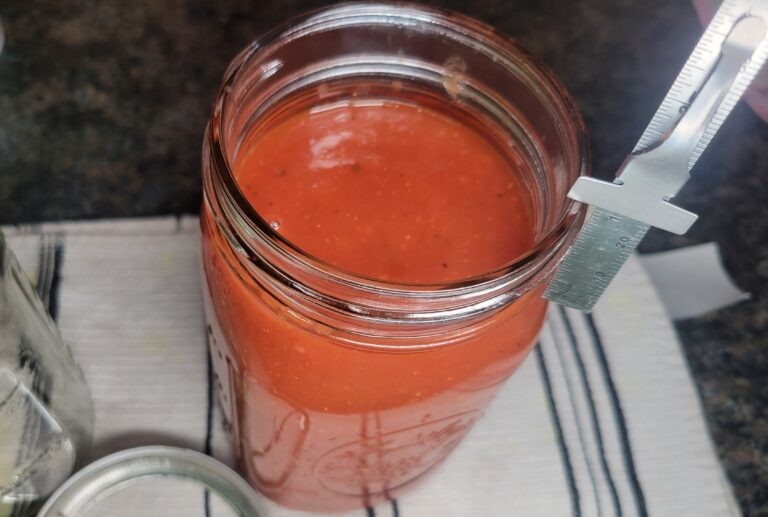
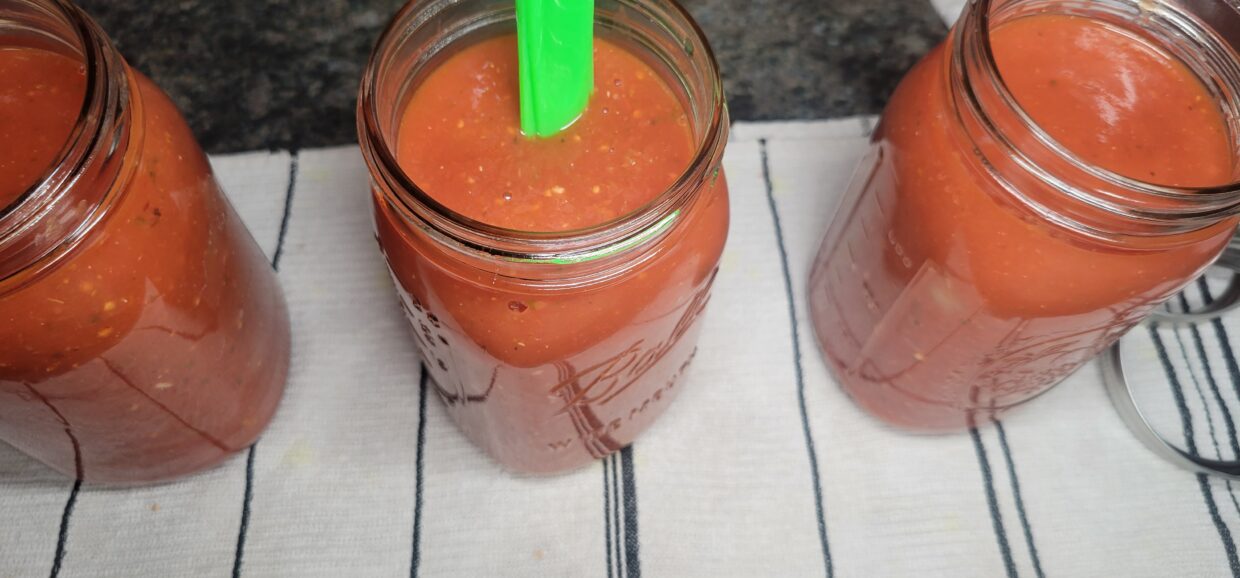
Pressure canning process: Using a ladle to fill the hot jars with hot marinara sauce. Leave 1-inch headspace. Remove any trapped air bubbles with a spatula tool.

Wipe rims of jars with a dampened clean paper towel and place lid and ring on jar and finger tighten.
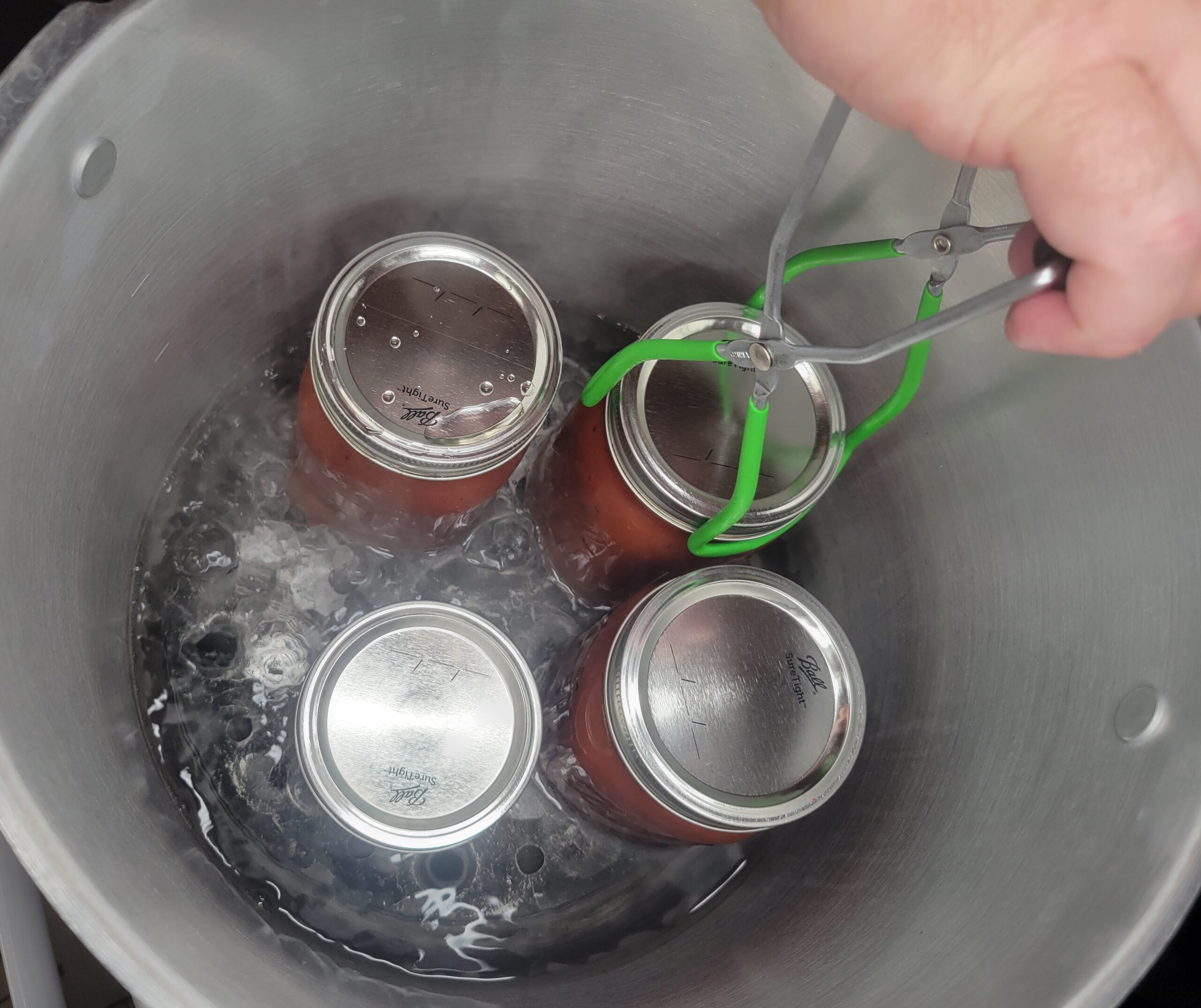
Carefully place jars in hot canner using jar lifter, space jars evenly not touching each other or sides of canner. Recommended process time for spaghetti sauce with meat for 1/2-quart jars is 60 minutes and quart jars are processed for 70 minutes. Using a dial-gauge pressure canner at altitudes of sea level to 2000 feet, process the jars at 11 lbs pressure. Above altitudes of 2001 feet to 4000 feet, process the jars at 12 lbs pressure. Above altitudes of 4001 feet to 6000 feet, process the jars at 13 lbs pressure. Above altitudes of 6001 feet to 8000 feet, process the jars at 14 lbs pressure. When the timed process is completed, turn off the heat, remove the canner from heat if possible, and let the canner depressurize. After the canner is depressurized, remove the weight from the vent port. Wait 10 minutes, unfasten the lid, and remove it carefully lift the lid away from you so that the steam does not burn your face. Remove jars with a jar lifter, and place them on a towel, leaving at least 1-inch spaces between the jars during cooling.

Let jars sit undisturbed to cool at room temperature for 12 to 24 hours. Inspect jars, remove rings, Check for proper lid seal, wipe off water spots and any residue. Date and label jars to store in a cool dry area for up to one year.
Don't miss my new recipes on: Tomato Herb Jam Recipe & Canning 🍅
Conclusion
My husband and I grew up in Southern California 20 miles outside of Palm Springs. There are 3 Vince's Italian Spaghetti Restaurants that was one of our favorite places to eat. We moved to rural Northern Idaho and missed that place. After years of making marinara sauce and hundreds of tweaks later, I finally came up with my own wonderful recipe! Using garden fresh tomatoes, garlic, onions, spices and a little brown sugar. Hope you enjoy it!
Kitchen ToolsNeed some tools or ingredients to make this recipe? Use my Amazon Affiliate links to shop. I will make a small commission and it doesn't cost you any extra. Thank you for visiting.
Ball Book Of Canning And PreservingComposite Wood Cutting Board 8 x 12 Food Prep Gloves Plastic Food Safe Gloves Professional Blender 950W Measuring Cups and Spoons Set of 20 Enameled Colander, 5 Quart 23-Quart Induction Compatible Pressure CannerYou May Also Like
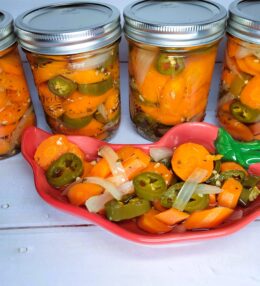
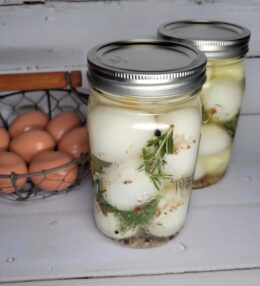
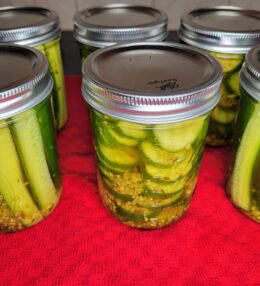

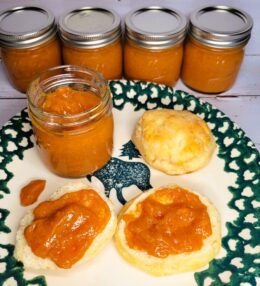
Homemade Marinara Sauce Recipe & Canning
Ingredients
Follow The Directions
Equipment needed: dial-gauge pressure canner with canning tools and canning jars. Basic understanding of canning food. **Vegetable broth can be used instead of beef broth for a vegetarian sauce.**

Fill your dial-gauge pressure canner or stock pot with enough water to boil jars and rings 10 minutes for canning.

In a large stainless-steel pot (other materials can leave a metallic taste) sauté onions in 2 tablespoons of olive oil on medium heat. If using fresh tomatoes, roughly chop and blend in blender on high till smooth.

Once onions are starting to soften add 58 ounces of tomato sauce fresh or canned to the pot.

Add 4 cups of beef broth, 12 ounces of tomato paste, 2 tablespoons of brown sugar, 2 teaspoons of minced garlic, 1 teaspoon of dried basil leaves, 1 tablespoon dried oregano leaves and 1/2 teaspoon dried thyme leaves.

Bring to a boil, reduce heat and simmer till sauce thickens slightly. Simmer for 30-45 minutes stirring occasionally. Remove bay leaves just before canning sauce.

Pressure canning process: Using a ladle to fill the hot jars with hot marinara sauce. Leave 1-inch headspace. Remove any trapped air bubbles with a spatula tool.

Wipe rims of jars with a dampened clean paper towel and place lid and ring on jar and finger tighten.

Carefully place jars in hot canner using jar lifter, space jars evenly not touching each other or sides of canner. Recommended process time for spaghetti sauce with meat for 1/2-quart jars is 60 minutes and quart jars are processed for 70 minutes. Using a dial-gauge pressure canner at altitudes of sea level to 2000 feet, process the jars at 11 lbs pressure. Above altitudes of 2001 feet to 4000 feet, process the jars at 12 lbs pressure. Above altitudes of 4001 feet to 6000 feet, process the jars at 13 lbs pressure. Above altitudes of 6001 feet to 8000 feet, process the jars at 14 lbs pressure. When the timed process is completed, turn off the heat, remove the canner from heat if possible, and let the canner depressurize. After the canner is depressurized, remove the weight from the vent port. Wait 10 minutes, unfasten the lid, and remove it carefully lift the lid away from you so that the steam does not burn your face. Remove jars with a jar lifter, and place them on a towel, leaving at least 1-inch spaces between the jars during cooling.

Let jars sit undisturbed to cool at room temperature for 12 to 24 hours. Inspect jars, remove rings, Check for proper lid seal, wipe off water spots and any residue. Date and label jars to store in a cool dry area for up to one year.



Leave a Review